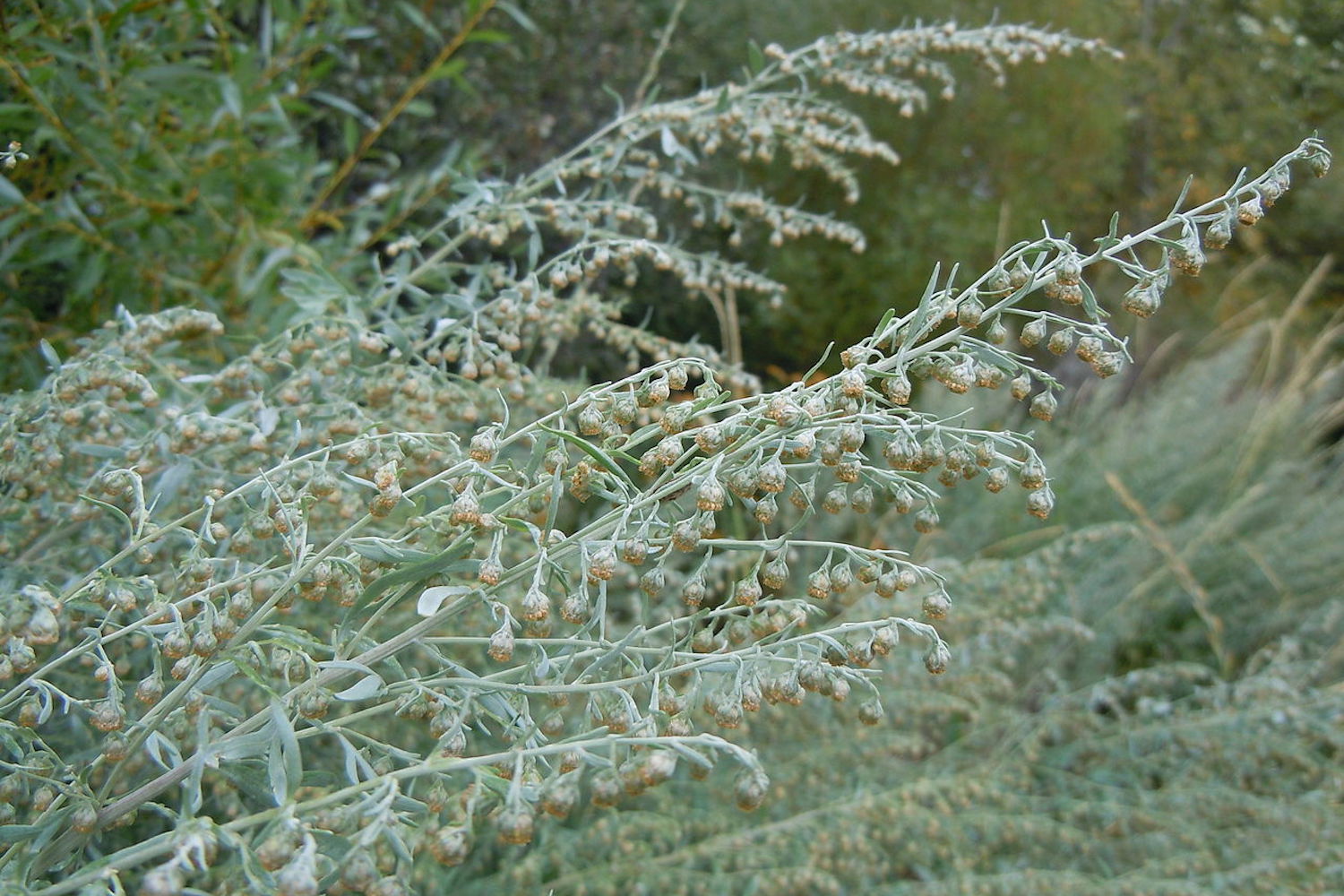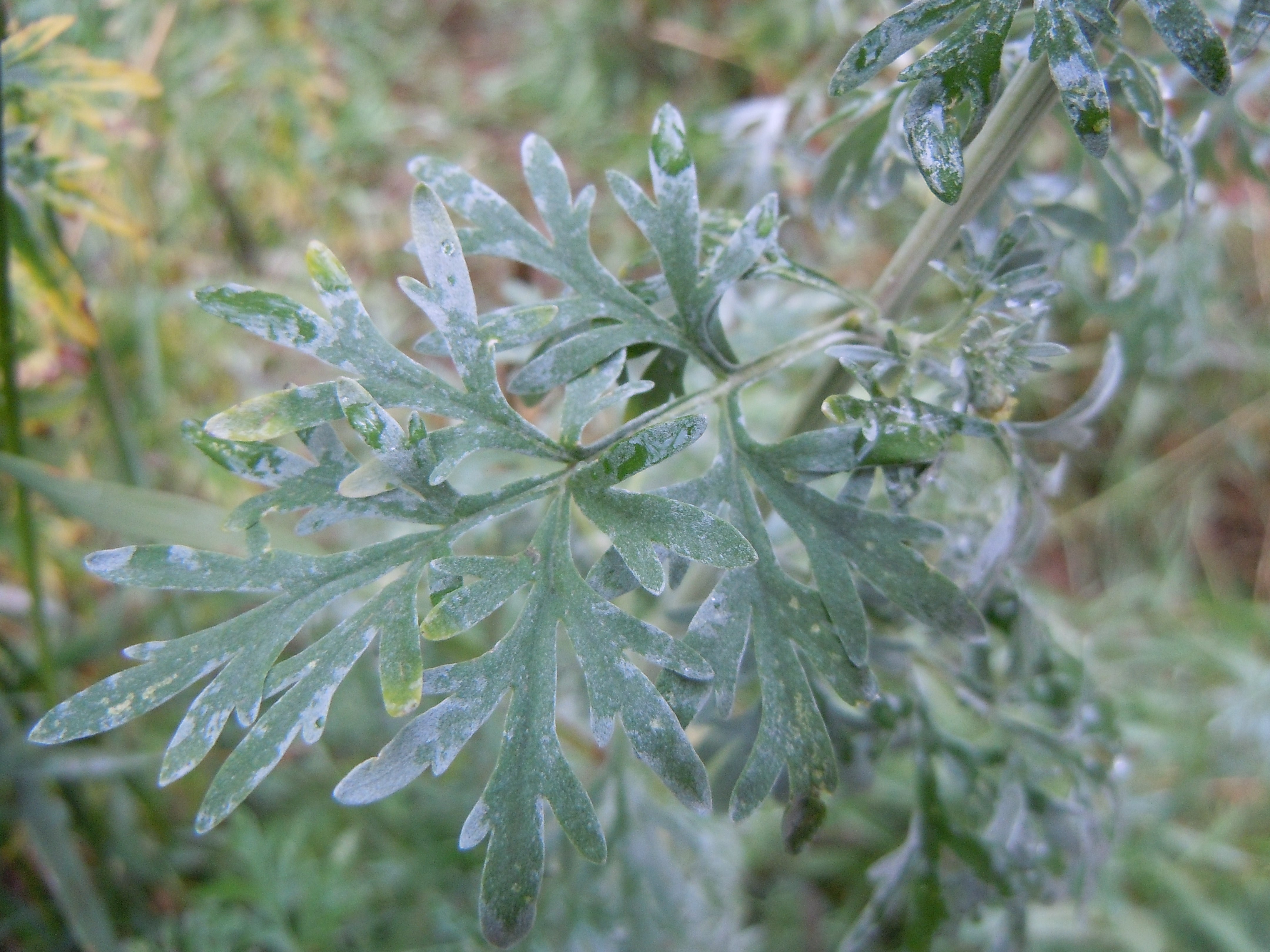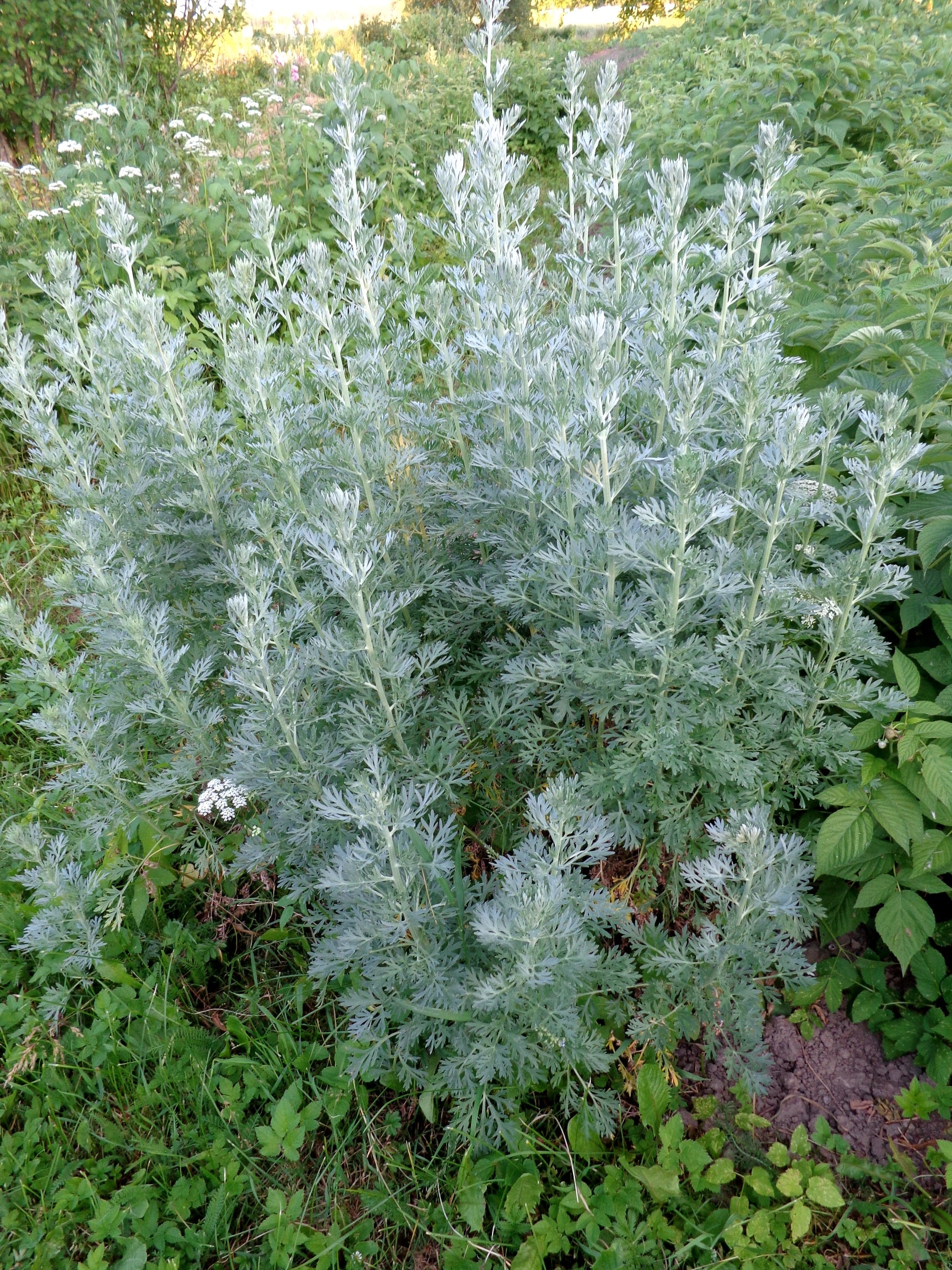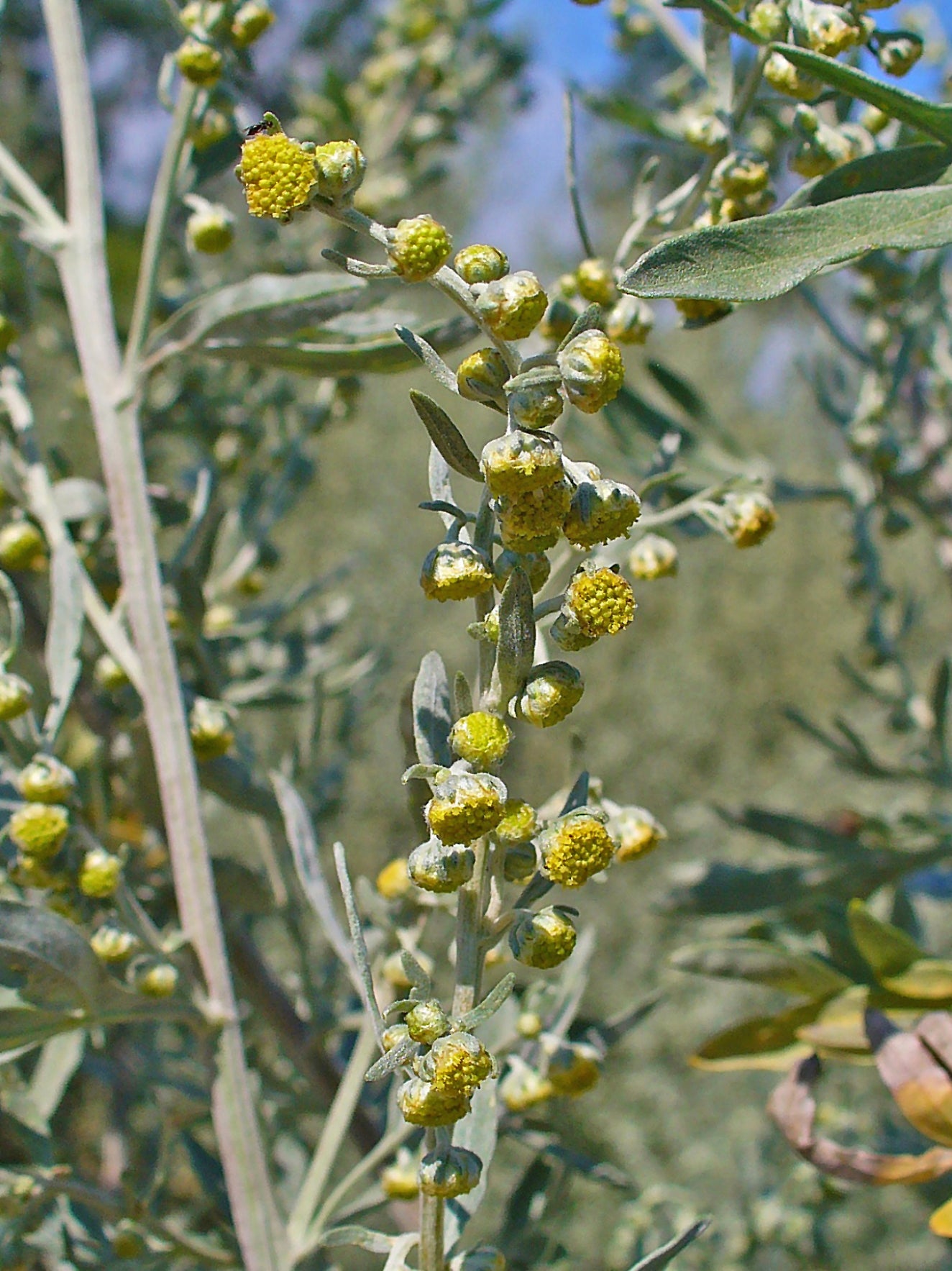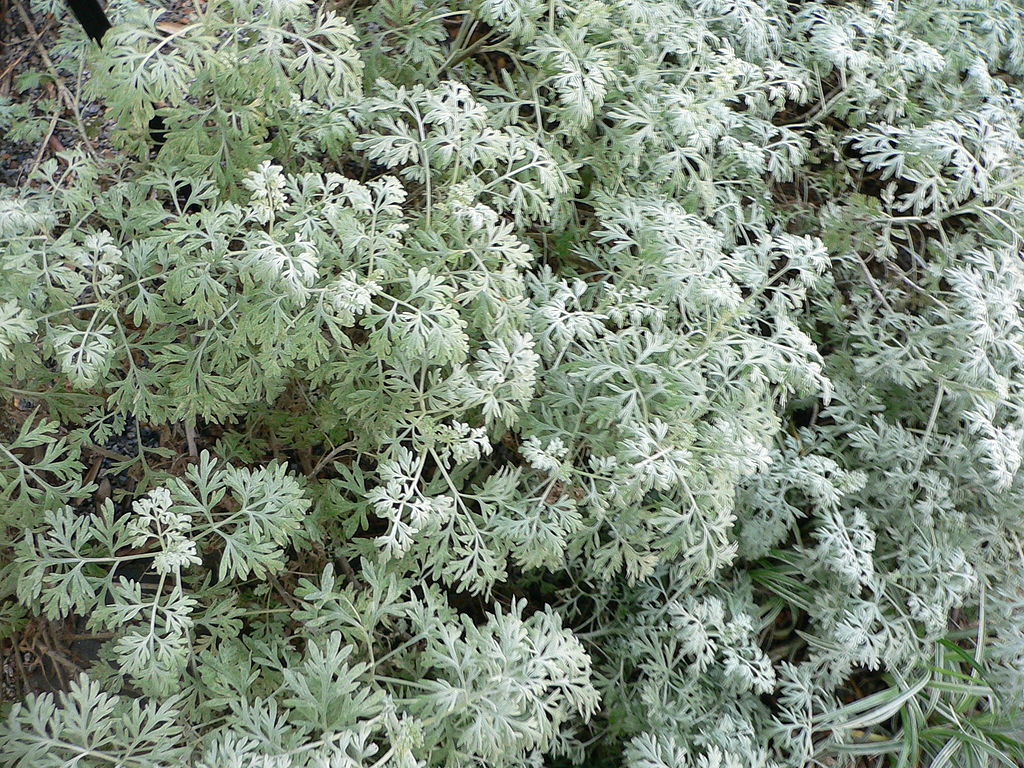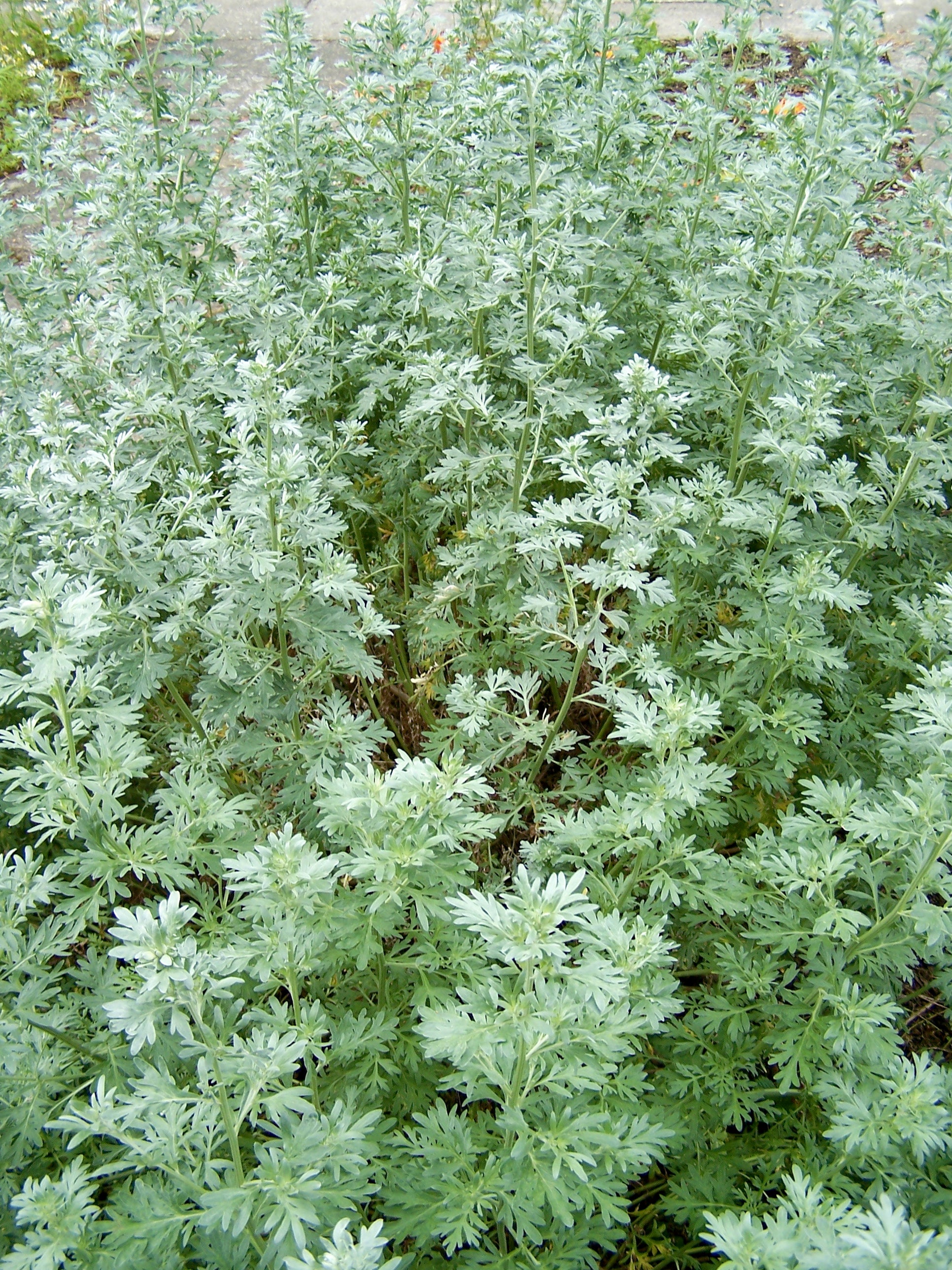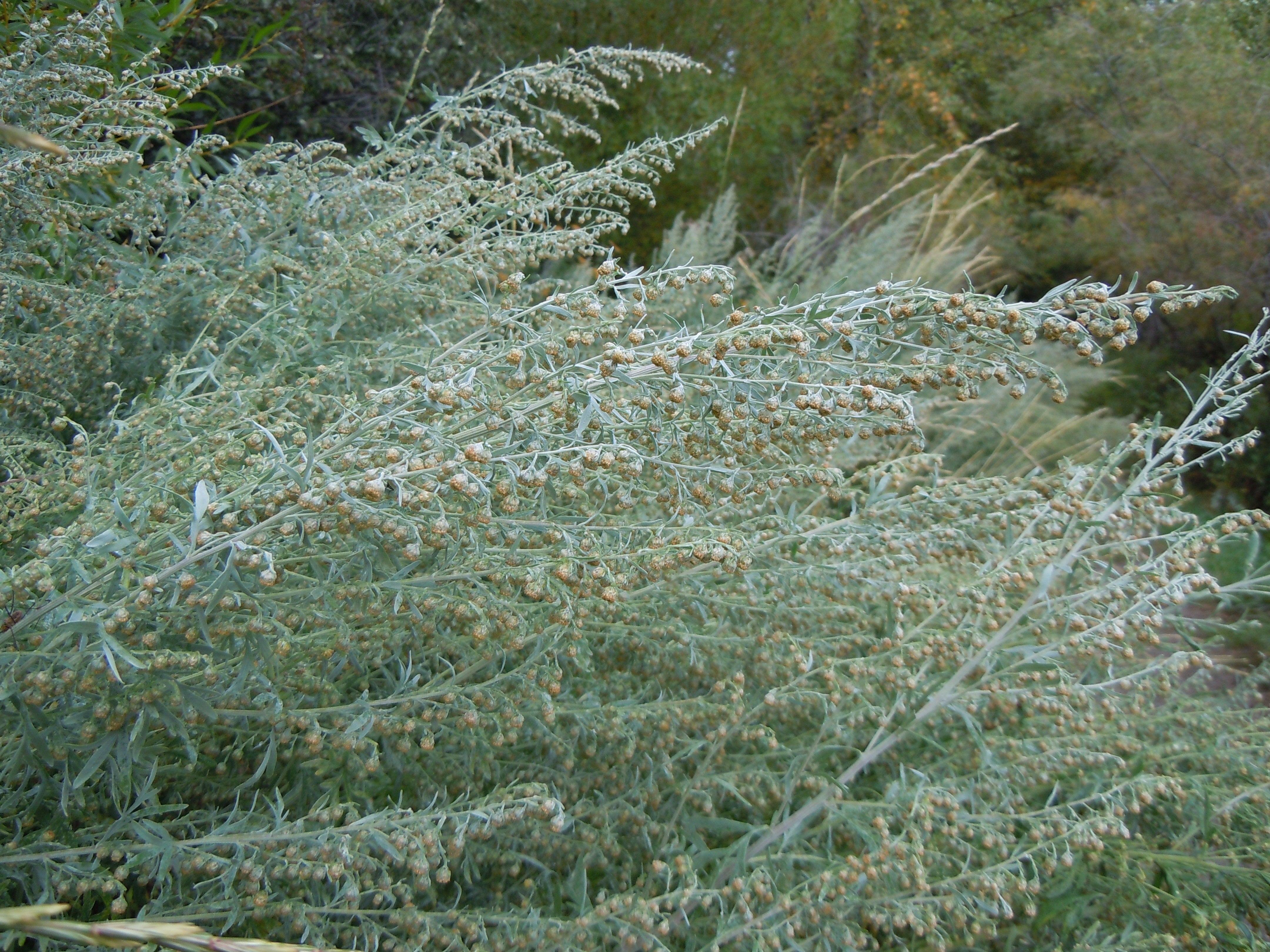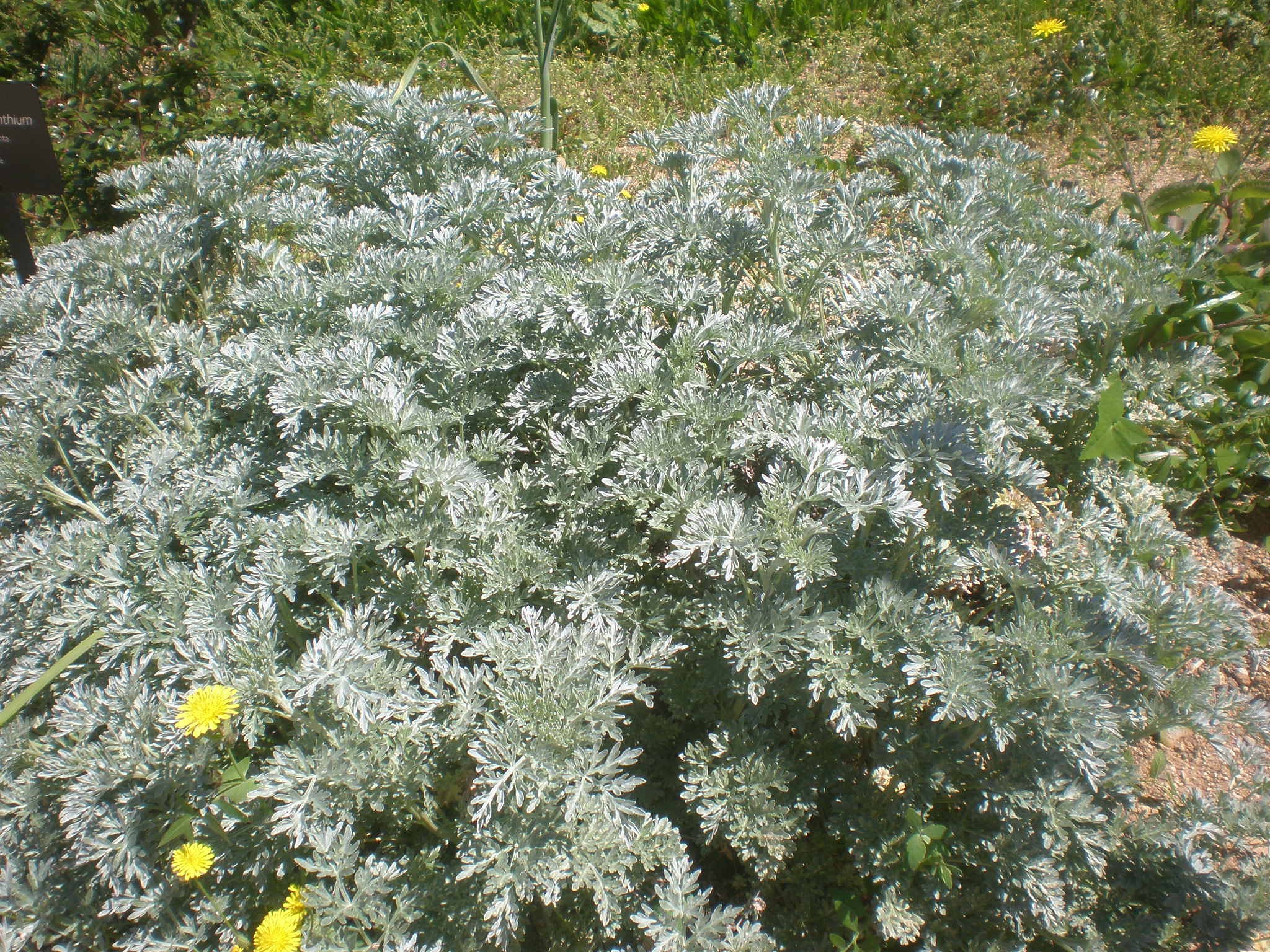Artemisia absinthium
Approx. 0.5 litre pot
About this cultivar:
Artemisia absinthium is a woody-based perennial that is grown for its attractive silver-gray foliage that adds interesting texture and contrast to gardens. The foliage, covered with silky-white hairs, is highly aromatic when bruised. The tiny, somewhat inconspicuous, yellowish-gray, flowerheads which appear in dense, leafy, drooping panicles at the stem ends in summer, have much or little ornamental value depending on your point of view. I think they look great as a dried flower…
Foliage is similar to that of A. vulgaris, except much more aromatic. Commonly called absinthe or wormwood the species name absinthium means ‘without sweetness’ in reference to the extremely bitter taste of the plant juices. It is used as an ingredient in the spirit absinthe (which some say is hallucinogenic and caused Van Gogh to cut off his ear) as well as some other alcoholic beverages.
- Position: Full sun, partial shade
- Soil: Dry soil, Almost any soil that is reasonably well drained
- Flowers: August, September, October
- Other features: Interesting Foliage or Fruit, Scented
- Hardiness: H6 - Hardy in all of UK and northern Europe (-20 to -15°C), Fully hardy
- Habit: Bushy, Columnar or Upright
- Foliage: Semi evergreen
- Height: 60 to 90 cm (2 - 3 ft)
- Spread: 60 to 90 cm (2 - 3 ft)
- Time to full growth: 5 to 10 years
- Plant type: Herbaceous Perennial, Shrub
- Colour: Green, Silver, Yellow
- Goes well with: Paths, front of borders
About this genus:
Artemisia is a large, diverse genus of plants with between 200 and 400 species belonging to the daisy family (Asteraceae). The name ultimately derives from Artemis, the Greek goddess of the moon, wild animals, and hunting. A more specific reference may be to Artemisia I (or II) of Caria – both Queens and successful Naval Strategists! Common names for various species in the genus include mugwort, wormwood, and sagebrush.
Artemisia comprises hardy herbaceous plants and shrubs that grow in temperate climates of both hemispheres, usually in dry or semiarid habitats. The leaves of many species are covered with white hairs.
It has been mentioned in popular culture for centuries. Artemisia vulgaris (mugwort) was used to repel midges (mug = midge), fleas and moths, intestinal worms, and in brewing as a remedy against hangovers and nightmares. Perhaps caused by drinking absinthe… which Artemisia absinthium is used to make!
Most species have an extremely bitter taste, which discourages herbivory, and may have had a selective advantage. In Shakespeare's Hamlet, the titular character says "Wormwood, wormwood" to comment on the bitter implications of what the Player Queen has just said. Wormwood is even mentioned seven times in the Jewish Bible, always with the implication of bitterness! However, the species dracunculus (tarragon) is widely used as a culinary herb. Other species are used to treat malaria and as sedative.
In the garden they tend to prefer full sun and free draining soil, but most we sell should be fine anywhere – we don’t sell much to Greece. Great for foliage and the front of the border. The small wind-pollinated flowers are also fun!
The largest collection of living Artemisia species, subspecies and cultivars is held in the National Collection of Artemisia in Sidmouth, Devon, UK, which holds about 400 taxa.

